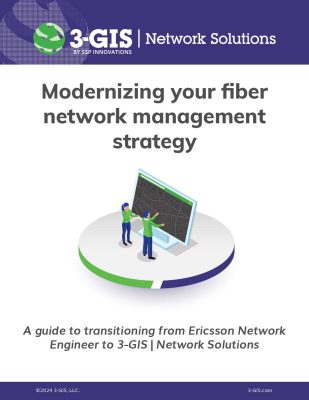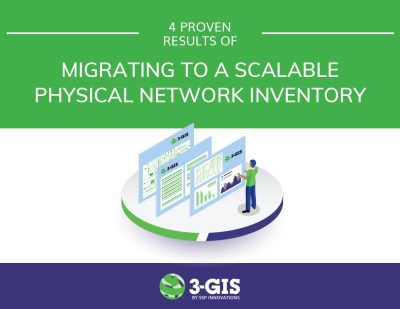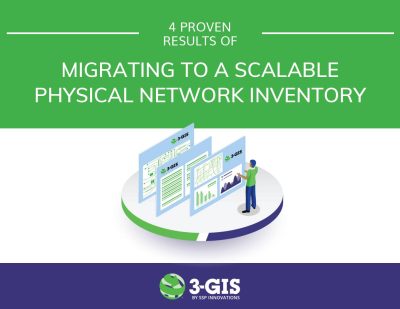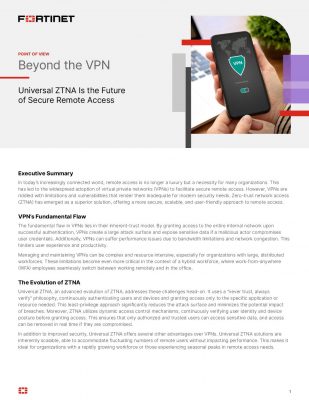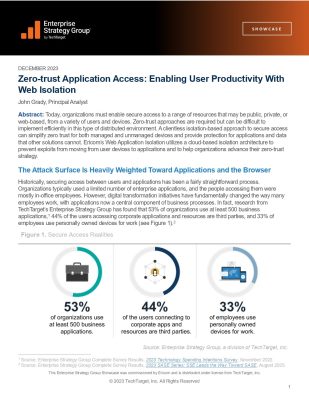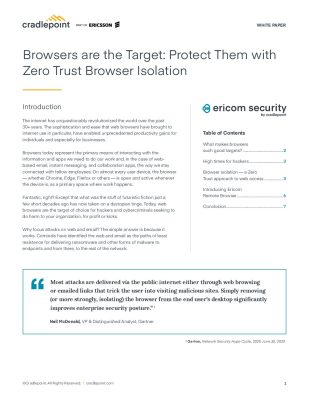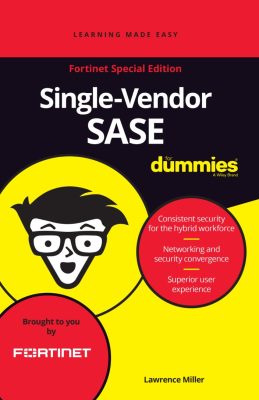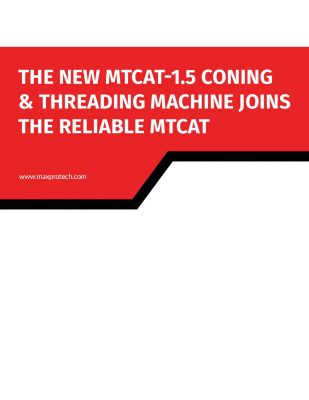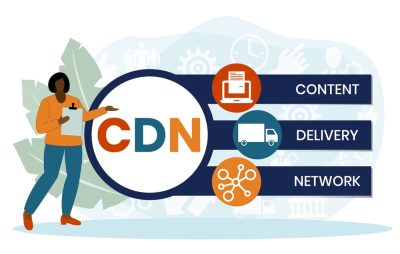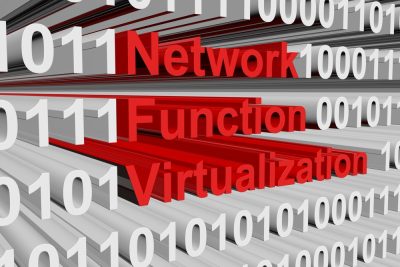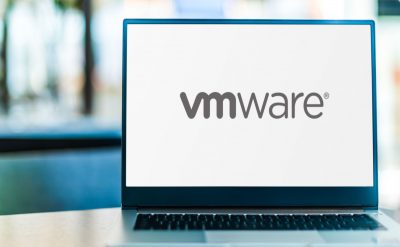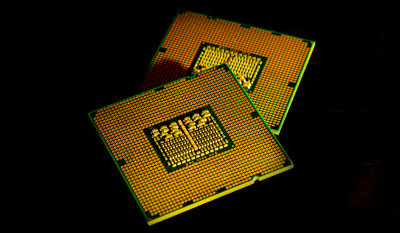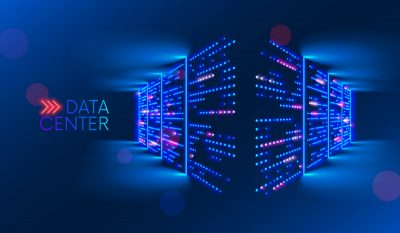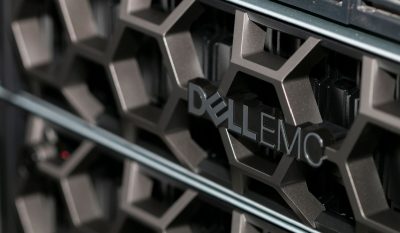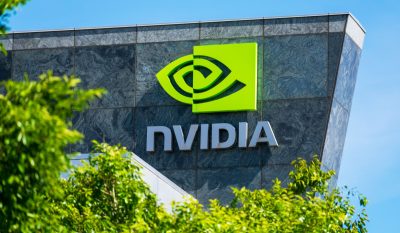The concept of automation is virtually as old as the concept of network. Unfortunately, the uptake of it is slow for several reasons, engineer resistance being the primary one. But the good news is, forces are finally coming together to create a perfect storm, driving the need for network automation tools.
How is that? Business stakeholders now want agility, reliability, stability, scalability, including a host of other capabilities, with the expectation that costs will remain the same or will decrease. It is a network that bridges the gap between ideals of the business world and the harsh realities of risk, cost, and physics (if any).
As per Gartner, the number one undisputed cause of network outages is human error… because to err is human. But at what cost?
Stakeholders always expect a rapid response to request changes; hence, network admin has less time to inculcate more and more changes, giving them an open playground to make more mistakes.
A 2019 report says that up to 70% of data center outages can be attributed to blunders. And Gartner estimates the average cost of these blunders and outages to be $6,000 per minute, depending on the business and how crucial it is.
Now, more and more network teams are finding it difficult to function in this fast-paced scenario. The manual box-by-box configuration and router update is very slow and will cause errors. With the rise of Software-Defined Networks (SDN), including WANs, has enabled network automation tools to evolve.
Today, we have a paradigm shift scenario where network automation tools are strategic, enable business alignment, and provide a probable roadmap of a fully intent-based system where the network not only runs but also secures itself.
Below are some critical criteria that enterprises should be keeping in mind when deciding which network automation tool is best for their business.
Breadth of APIs
It is mandatory for network automation tools to interface with other tools such as ServiceNow and Splunk. This means that every feature should be available as an API, which isn’t easy and not always the case. Even though a tool that is being used as standalone today will need an interface with another application for a broader scope of automation capabilities in the future.
Single or multiple vendors?
There are several automation network-specific third-party vendors available. All the major network vendors have their platforms. It is your business need that will let you decide: Do you need a single vendor or multiple vendors? It is not a question of which one is better, choose either, it is the same. It is more of a choice and a matter of what enterprise needs. If you select a single vendor, ensure it works in line with the entire product, and not treat it as a subset. If you choose multiple vendors, ensure that they support the current ones.
AI or the intent of AI-based capabilities
Intent-based network essentially is a self-runner and a self-healer… much like the human cells. This cannot be done if you apply a bevy of rules as the environment keeps changing at a fast pace. Instead, systems should come fully equipped with AI capabilities to fully automate all operations so that the network, true to its form, can adapt to the changes.
Orchestration
Network devices and infrastructure are co-dependent, if not symbiotic. If network devices change, it is evident that another element in the infrastructure will change. For example, when you add a new network device, it will require changing the firewall setting or connecting it to a load balancer. This amps up the orchestration capabilities because the new network-automation tool will now trigger other automation frameworks or ecosystems to change their devices to upstream or downstream accordingly.
SaaS or on-prem?
Traditional network automation tools have been offered as on-premise software or applications as default. Yet, there are a growing number of companies that would spend on the SaaS model for rapid deployment and continuous updates.
Again, there is no right or wrong decision here, more of a business requirement as to which one deems fit, keeping in mind your revenue, business model, and compliance. But with the world moving to AI, the on-prem model does not have the necessary horsepower yet to deliver real-time AI capabilities.
Ease of use
This is the most overlooked component that loses its essence, among other technicalities. Tools that are rich in feature and long learning curves may require years before your IT teams realize the value and uses it to their full potential.
Also, when a product is too technical, and you spend money and resources to train your employees, and they, with their best knowledge, exit the organization.
Compliance and security
There’s an ongoing push from organizations to bring security operations and IT together owing to the increasing amount of cyberattacks. This would mean that whichever network automation tool you decide to pick, you need to continually produce a report that you are adhering to the company’s compliance policies. The reporting should be transparent and should be able to provide visibility into every phase of the network lifecycle, which includes planning, deployment, and optimization.
In conclusion
Network automation tools should be fully GUI based, which means every feature available via the CLI should be accessible through the graphical interface. The tools should be easy to use so that junior engineers can comprehend it as well.
